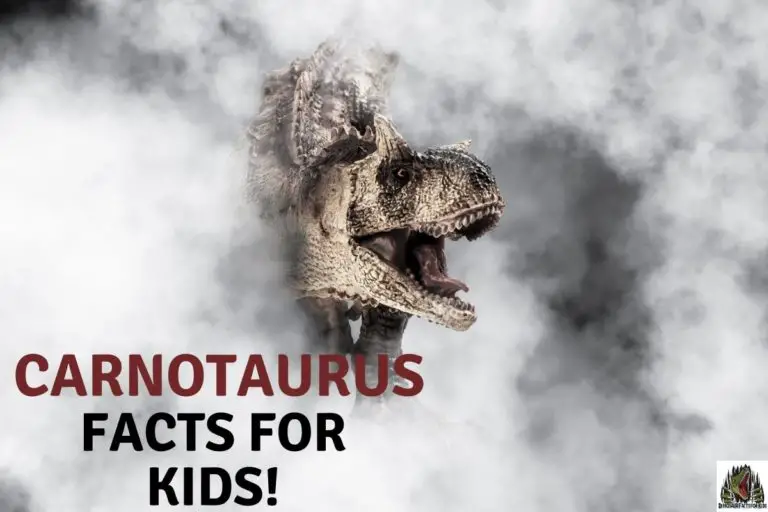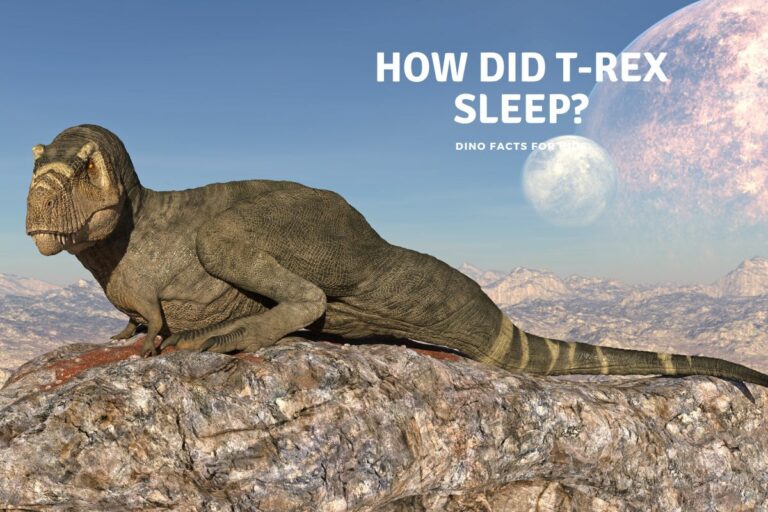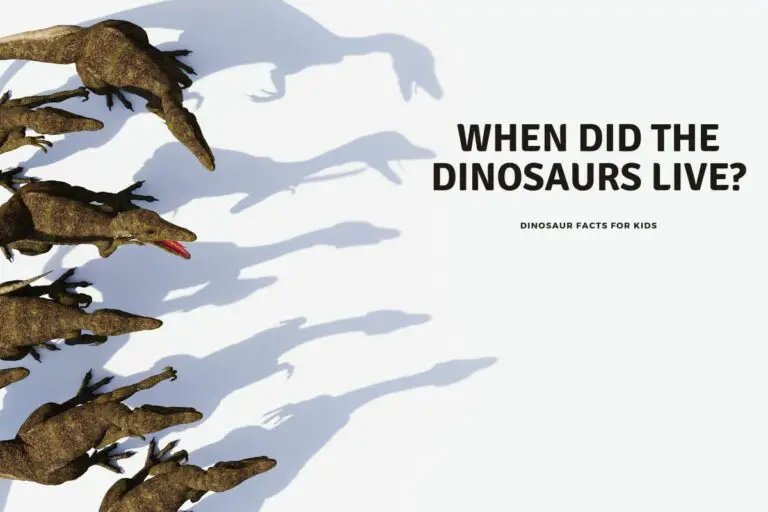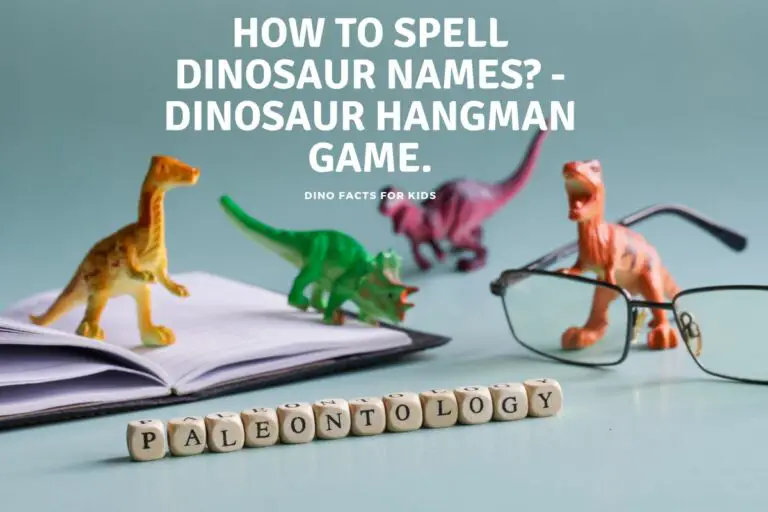Is the Komodo Dragon a Dinosaur?
One of the most common questions in the world of dinosaurs is if they still may exist and while the answer is a definite no they don’t when you look at some animals that are alive today you can see why a case of mistaken identity may occur. Once such animal is the The Komodo dragon. it is the largest living lizard species on Earth and one look tells you why there are still rumors of dinosaurs still alive today.
A Komodo Dragon is a species of lizard, specifically the largest living species of lizard, found in the Indonesian islands and evolving between 40 and 4 million years ago. Although they are reptiles, like dinosaurs, they belong to a separate group within the animal kingdom and are not considered dinosaurs.
Although they are not real dinosaurs, they share some similarities with their prehistoric counterparts that capture our imagination and are certainly prehistoric looking. We will explore the reasons why despite appearances the Komodo Dragon is not a dinosaur below.
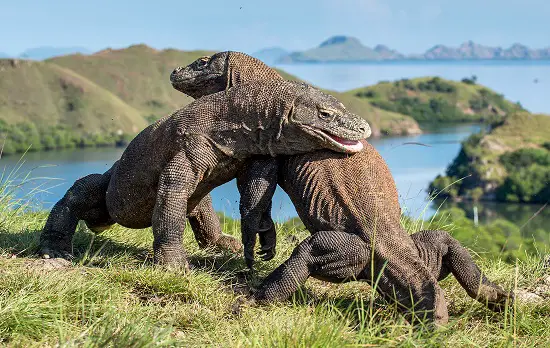
What is the Komodo Dragon
These impressive creatures now live on only a few Indonesian islands, where they are the apex predators. With their enormous size, powerful bite, and venomous saliva, they are very effective hunters, and certainly can remind us of the dinosaurs that lived millions of years ago.
A Komodo dragon is a large lizard species native to the Indonesian islands of Komodo, Rinca, Flores, and Gili Motang. They are the largest living lizards know to science, growing up to 10 feet long and weighing around 150 pounds.
These reptiles have a robust build, thick skin with a rough texture, and a muscular tail. Their color varies from gray to brown with occasional patches of orange or yellow. They have powerful limbs, sharp claws, and serrated teeth that help them catch and eat their prey.
Komodo dragons are carnivorous, which means they eat meat. Their diet mainly consists of deer, pigs, and smaller reptiles, including other lizards and snakes. They have a keen sense of smell, which helps them locate food.
They lie in wait for their prey to pass by before striking quickly. They can also eat carrion, which are the remains of dead animals. Their saliva contains venom and harmful bacteria that can paralyze and kill their prey, making it easier for them to eat it.
Despite not being true dinosaurs, the Komodo dragon’s size, appearance, and unique adaptations offer us a glimpse into a world where reptiles like dinosaurs and even archosaurs once were the dominant species.

Is the Komodo Dragon a Dinosaur?
While both Komodo dragons and dinosaurs belong to the reptile family, they come from a different evolutionary path from a very long time ago.
The Komodo dragon belongs to the Varanidae family, which is a group of monitor lizards and is the largest of all of them. These lizards have their evolutionary origins in the Australian-Indonesian region, dating back to approximately 40 million years ago.
The monitor lizard family actually has more than 70 species, from small foot long to the 10 foot long Komodo dragon. The ancestors of the Komodo dragon are believed to have migrated to the Indonesian islands from Australia and eventually evolving into the impressive creatures we know today.
Although they are not the largest lizard of all time, that title goes to the Megalania, which you can read more about here and on the link below.
Dinosaurs, on the other hand, belong to a distinct group of reptiles called Archosaurs. This group includes what is now a wide range of animals, including dinosaurs, pterosaurs (flying reptiles), crocodiles, and birds. Some of which are still alive today!
Archosaurs first appeared a little over 250 million years ago during the Late Permian period, (just before the Jurassic period) much much earlier than when Monitor lizards, of which the Komodo Dragon is one, evolved.
The Archosaur lineage split into several branches, with for example, dinosaurs and pterosaurs forming groups, and crocodiles and their relatives forming another.
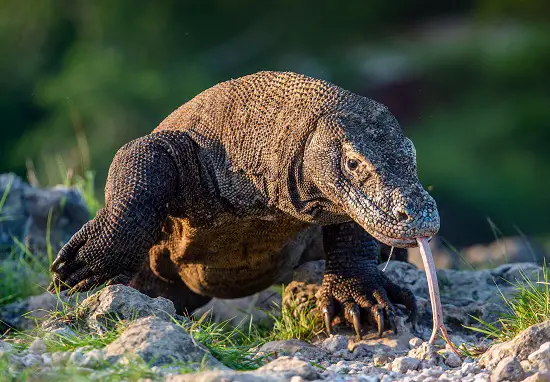
Differences between a Komodo Dragon and a dinosaur.
The key difference between the Komodo dragon’s monitor lizard family and the dinosaur family is their position in the reptile family tree. While both groups share a common reptile ancestor, the archosaur, they split millions and millions of years ago,
This split mean that they evolved very differently to dinosaurs, even though outwardly they look similar.
Dinosaurs are characterized by their unique hip structure, which allowed them to walk upright with their legs positioned directly beneath their bodies. In contrast, Komodo dragons and other monitor lizards have a sprawling gait, with their limbs extending to the sides of their bodies. We have an article on if lizards and dinosaurs are related here on the site.
These differences and similarities are better viewed in a table so we have put them in the one below.
Differences and Similarities between Komodo Dragons and Dinosaurs.
| Feature | Komodo Dragon | Dinosaurs |
|---|---|---|
| Taxonomy | Belongs to the Varanidae family | Belongs to the Archosaur group |
| Evolutionary Origin | Originated around 40 million years ago | Originated around 250 million years ago and went extinct 66 million years ago |
| Limb Position | Sprawling gait, limbs extend to the side | Upright gait, legs directly beneath |
| Diet | Predominantly carnivorous | Both herbivorous and carnivorous |
| Size | Largest lizard species, up to 10 ft long | Vary greatly in size, from small to massive |
| Habitat | Indonesian islands, previously Australia. | Global distribution during their era |
| Extinction | Still living today | Went extinct around 66 million years ago |
| Scales | Keeled, rough-textured scales | Varies, scaled and feathered. |
| Reproduction | Lay eggs in termite mounds or burrows | Varies, laid eggs in nests |
Conclusion
Although the Komodo dragon shares some similarities with dinosaurs in terms of size, appearance, and predatory behavior, it is not a dinosaur. The Komodo dragon is a large lizard species from the Varanidae family, having evolved around 40 million years ago, while dinosaurs belong to the Archosaur group, with origins dating back to around 250 million years ago.
Key differences include their evolution, how their limbs are positioned, and the fact that dinosaurs are extinct while Komodo dragons still exist today.
References
- https://en.wikipedia.org/wiki/Komodo_dragon
- https://www.livescience.com/9726-origin-komodo-dragon-revealed.html
- https://www.theguardian.com/science/2017/may/17/here-be-dragons-the-million-year-journey-of-the-komodo-dragon
- https://www.smithsonianmag.com/science-nature/the-origin-of-the-komodo-dragon-17655352/
Hi, I am Roy Ford a General Studies and English Teacher who has taught all over the world. What started as a fossil collection became a great way to teach, motivate and inspire students of all ages and all over the world about dinosaurs and from that and children’s love of dinosaurs came the site dinosaur facts for kids, a resource for all ages.

